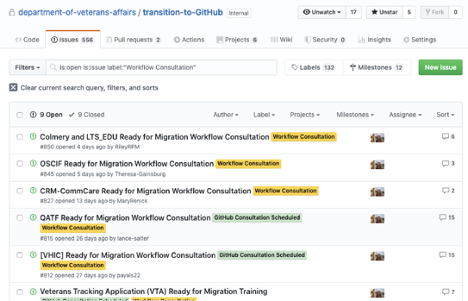Issues are a quick, easy way to track ideas, enhancements, tasks, notes, or bugs for work on GitHub. You’ll get a notification if an issue is assigned to you, when you're mentioned in a comment, and for each new comment on issues you're following or tagged on.
What are GitHub issues?
They’re kind of like email—except they can be shared and discussed with the rest of your team. Most software projects have a bug tracker of some kind. GitHub’s tracker is called Issues, and has its own section in every repository.
You can use issues to
- Collect user feedback
- Report software bugs
- Record meeting notes
- Organize tasks you’d like to accomplish with issues in a repository
- Discuss tactical and strategic points with other stakeholders
Searching issues
Search and manage your issues more effectively. You can filter your search results by author, label, projects, milestones, assignee, and open/closed state. You can also use the search bar to search for keywords within the content.

Working with issues
With issues, you can:
- Track and prioritize your work using project boards.
- Create issue templates to help contributors open meaningful issues.
- You can link a pull request to an issue to show that the corresponding work is in progress and to automatically close the issue when someone merges the pull request.
- You can pin up to three important issues above the issues list in your repository.
- You can use task lists to create a list of items with checkboxes within pull request and issue comments. • You can use issue attachments to upload images of proposed features or screenshots of bugs.
- To stay updated on the most recent comments in an issue, you can watch an issue to receive notifications about the latest comments.

Learn more
For more information on the features of issues and how to use them, please see Managing your work with issues.
 GitHub Handbook
GitHub Handbook